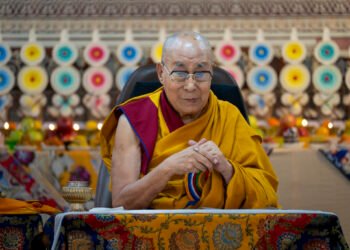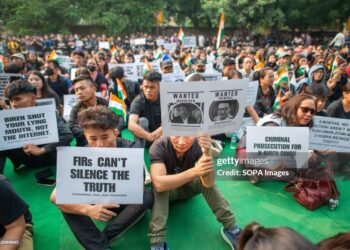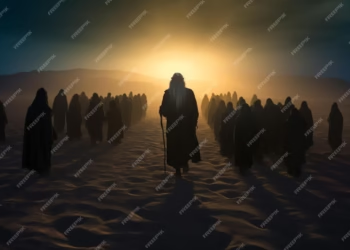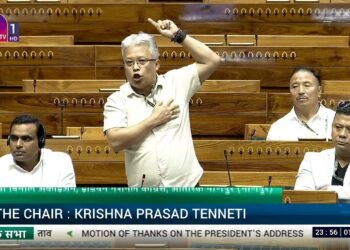Despite a pressing need for high-profile visits to heal the region’s wounds, the state’s cries for attention remain unanswered. The ongoing visit of President Droupadi Murmu to neighboring Meghalaya highlights the stark contrast in the government’s engagement with Manipur, leaving its people yearning for support.
BY Navin Upadhyay
Amid the ongoing ethnic conflict in Manipur, which has plagued the state since May 2023, there has been an increasing sense of abandonment felt by the people. Despite the urgent need for high-level intervention to heal the state’s wounds, both the President and Prime Minister of India have notably kept their distance from the region. This neglect has been particularly glaring with the ongoing of President Droupadi Murmu to the neighboring state of Meghalaya.
President Murmu is on a two-day visit to Meghalaya between January 9 and 10, 2025, where she is scheduled to inaugurate the golden jubilee celebration of the ICAR Research Complex at Umiam and attend the Farmer’s Expo 2025. Her visit is significant for the state, with over 100 stalls set to be part of the exposition. However, what catches the eye is the conspicuous absence of any official plan to visit Manipur, which has long been grappling with ethnic violence and social unrest.
While the President’s visit to Meghalaya is important, it raises the question: why has Manipur, a state still reeling from its violent past and in desperate need of high-profile leadership, been skipped? In a region where peace and stability hang in the balance, a visit from the nation’s highest office could have provided much-needed morale, fostering unity and a sense of hope. Unfortunately, the people of Manipur remain yearning for such a gesture of solidarity.
This comes at a time when the state continues to suffer the consequences of the May 202e ethnic conflict, which saw violence between the Meitei and Kuki communities disrupt daily life. Hotels are nearly empty, with occupancy rates dropping to below 5%, and businesses tied to tourism—such as restaurants, taxis, and local artisans—are crumbling under the weight of an economy paralyzed by the conflict. The tourism sector, once an essential pillar of the state’s economy, has seen a steep decline in both domestic and foreign visitors, exacerbating the situation further.
Prime Minister Narendra Modi’s last visit to Manipur dates back to February, 2022 for addressing an election rally.
The absence of high-level visits, especially from the President and Prime Minister, has only deepened the sense of isolation felt by the people of Manipur. As ethnic tensions persist, the need for a unifying force has never been more urgent. The state requires not only peace but also active engagement from the central leadership to address the ongoing crisis and to assure the citizens that their concerns are being heard.
A visit from the President or Prime Minister could have been a powerful symbol of national unity, showing that Manipur, though embroiled in conflict, is not forgotten by the rest of the nation. Such visits would have provided the region with the much-needed attention and diplomatic support to help mend the fraying bonds between communities and begin the long process of reconciliation.
As the conflict continues to fester, the question remains: when will the leadership in Delhi realize that their silence on Manipur’s plight could deepen the divide and hamper the region’s prospects for recovery? Manipur is in dire need of the leadership and compassion that such high-profile visits could bring.












